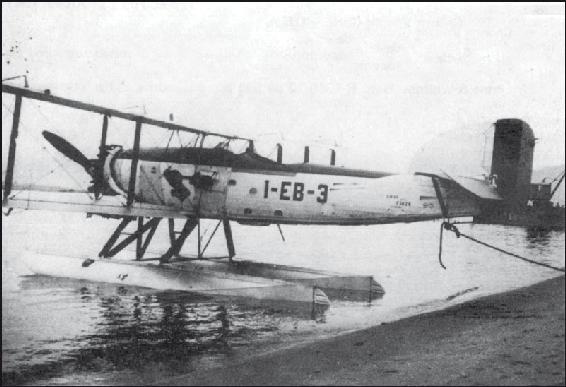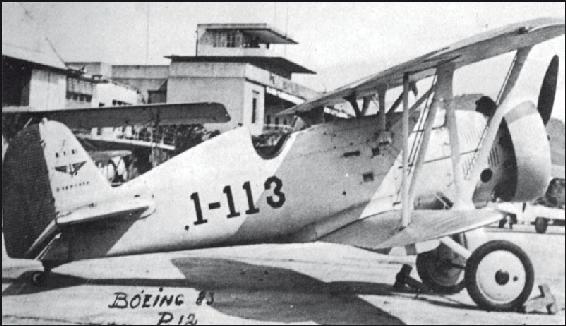Helion & Company Limited
26 Willow Road
Solihull
West Midlands
B91 1UE
England
Tel. 0121 705 3393
Fax 0121 711 4075
email:
website: www.helion.co.uk
Twitter:
Visit our blog http://blog.helion.co.uk
Published by Helion & Company 2017
Publications, Wokingham, Berkshire
Design (www.battlefield-design.co.uk)
Dorset
Text Santiago Rivas 2017
Illustrations as individually credited
Color profiles drawn by Tom Cooper
Helion & Company Limited 2017
Maps drawn by George Anderson Helion
& Company Limited 2017
ISBN 978-1-911512-58-5
eISBN 978-1-913118-37-2
Mobi ISBN 978-1-913118-37-2
British Library Cataloguing-in-Publication
Data
A catalogue record for this book is available from the British Library
All rights reserved. No part of this publication may be reproduced, stored, manipulated in any retrieval system, or transmitted in any mechanical, electronic form or by any other means, without the prior written authority of the publishers, except for short extracts in media reviews. Any person who engages in any unauthorised activity in relation to this publication shall be liable to criminal prosecution and claims for civil and criminal damages.
For details of other military history titles published by Helion & Company Limited contact the above address, or visit our website: http://www.helion.co.uk
We always welcome receiving book proposals from prospective authors working in military history.
BRAZILIAN MILITARY AVIATION UNTIL 1941
The Brazilian Military Aviation had a slow start, initially with the creation of the Escola Brasileira de Aviao , formed in 1912 and expanded at Campo dos Afonsos, near Rio de Janeiro, on 2 February 1914. The school was a private one, but received a contract from the War Ministry to train pilots for the Army and Navy, with three Farman, five Bleriot and one Aerotorpedo planes, all purchased in Europe by the owners of the school, who were all Italian. However, lack of payment by the government and the beginning of the First World War led to the rescinding of the contract by the Italians on 18 July, by which time 11 officers of the Army and six of the Navy were trained.
After this experience, the Navy took two years to create their own Naval Aviation School, while the Army only followed suit in 1919, when the end of the war in Europe made possible the easy purchase of new and more modern flight equipment.
The first military use of an airplane in Brazil occurred in 1914 when Lieutenant Ricardo Kirk, who obtained his flight brevet in France in 1912, commanded a small team that made reconnaissance flights during a campaign against insurgency groups in the area of Contestado, to the north of Santa Catarina State. Initially, a Morane Saulnier and a Bleriot were sent to the area, but they were destroyed when the train that was carrying them caught fire. After this, by the end of the year three Morane Saulniers were sent; with one of these, on 4 January 1915, the first experimental reconnaissance flight was made from the Campo de Aviao de Unio da Vitria (Victory Union Airfield), in the city of Porto Unio, operations ending on 1 March with the death of Lieutenant Kirk in an accident.
The Brazilian Naval Aviation
On 23 August 1916, by decree 12167, the Escola da Aviaao Naval de la Marinha do Brasil (Brazilian Navy Naval Aviation School) was inaugurated at Isla de las Enxadas in Rio de Janeiro. The first planes were three Curtiss F flying boats, which were followed in 1918 by fifteen new planes, including four Curtiss Fs, six Curtiss HS-2Ls, two FBA Mark Bs, two Standard JHs and one Borel . In 1919, two Farman F-41s, nine Curtiss N-9Hs, two Ansaldo ISVAs, five Macchi M-9s and three Macchi M-7s were added. Until then, all were seaplanes and were mainly used for training and reconnaissance, while the HS-2Ls had the capacity to carry two 104kg bombs, being the first armed planes in Brazil.
In 1920, five Avro 504Ks were purchased, being the first landplanes, arriving together with four Aeromarine 40s and 10 Curtiss MFs, followed in 1921 by two Farman F-51s. In 1923, the Centro de Aviacin Naval (Naval Aviation Centre) of Rio de Janeiro was created at Ponta do Galeo, on another island at Guanabara Bay, to where the Escola da Aviao Naval was moved. In the same year, most of the initial seaplanes acquired were retired, replaced by 14 Curtiss F-5Ls for maritime surveillance and bombing, 12 Sopwith 7F-1 Snipe fighters, 12 Avro 504Ks and 18 Ansaldo SVA-10s for observation. By that time, bases had been created at Florianpolis and Santos, besides that at Rio de Janeiro.
During the Internal Revolution of 1924, the Naval Aviation participated very actively, performing patrol, observation and attack missions. After these events, there was a crucial lack of budget until 1927, restricting operations and impeding new acquisitions, apart from four Curtiss JN-4D Jennys in 1925. In 1927, three Consolidated NY-2s arrived, followed in 1928 by six Avro 504N/Os and one Consolidated PT-3.
In 1930 another revolution took place, which resulted in the presidency of Getulio Vargas, under whom a new era began. In 1931, 11 Savoia-Marchetti SM-55As were added, together with three Martin PMs and six Vought O2U-2A Corsairs, to create a reconnaissance unit, while the Naval Aviation School had four Avro 504N/Os, the Consolidated NY-2s and the PT-3. On 3 October 1931, the Corpo Aviaao (Aviation Corps) was created, and with it the aviation cadre for officers and petty officers.
By 1932, 12 de Havilland DH-60T Moth Trainers and six Boeing 256 fighters were received, followed in 1933 by eight Waco CSOs, five DH-83 Fox Moths (which were the first planes with transport capacity), 20 Fairey Gordons, 12 extra Moth Trainers, eight Vought V-66B Corsairs and 17 DH-82 and DH-82A Tiger Moths. Due to the war between Bolivia and Paraguay, the Naval Aviation was deployed to the border with those two countries, to be sure they didnt violate the frontier. For that, the 4 Diviso de Reconhecimento y Bombardeio (4th Reconnaissance and Bombing Division) was created, based at Alto Solimoes, with three Gordons. At that time, the Naval Aviation took part in many exercises of the fleet, and also had bases at Ladrio, Santa Catarina and Ro Grande do Sul.
Fairey Gordon of the Brazilian Naval Aviation.
Boeing 267 of the Brazilian Army, one of the first real fighters used by the force.
Vought V-65B Corsair of the Brazilian Army, used for attack and reconnaissance.
Fairey Gordon used by the Naval Aviation.
The Navy operated the Boeing 256 as their main fighter before the Second World War.


















